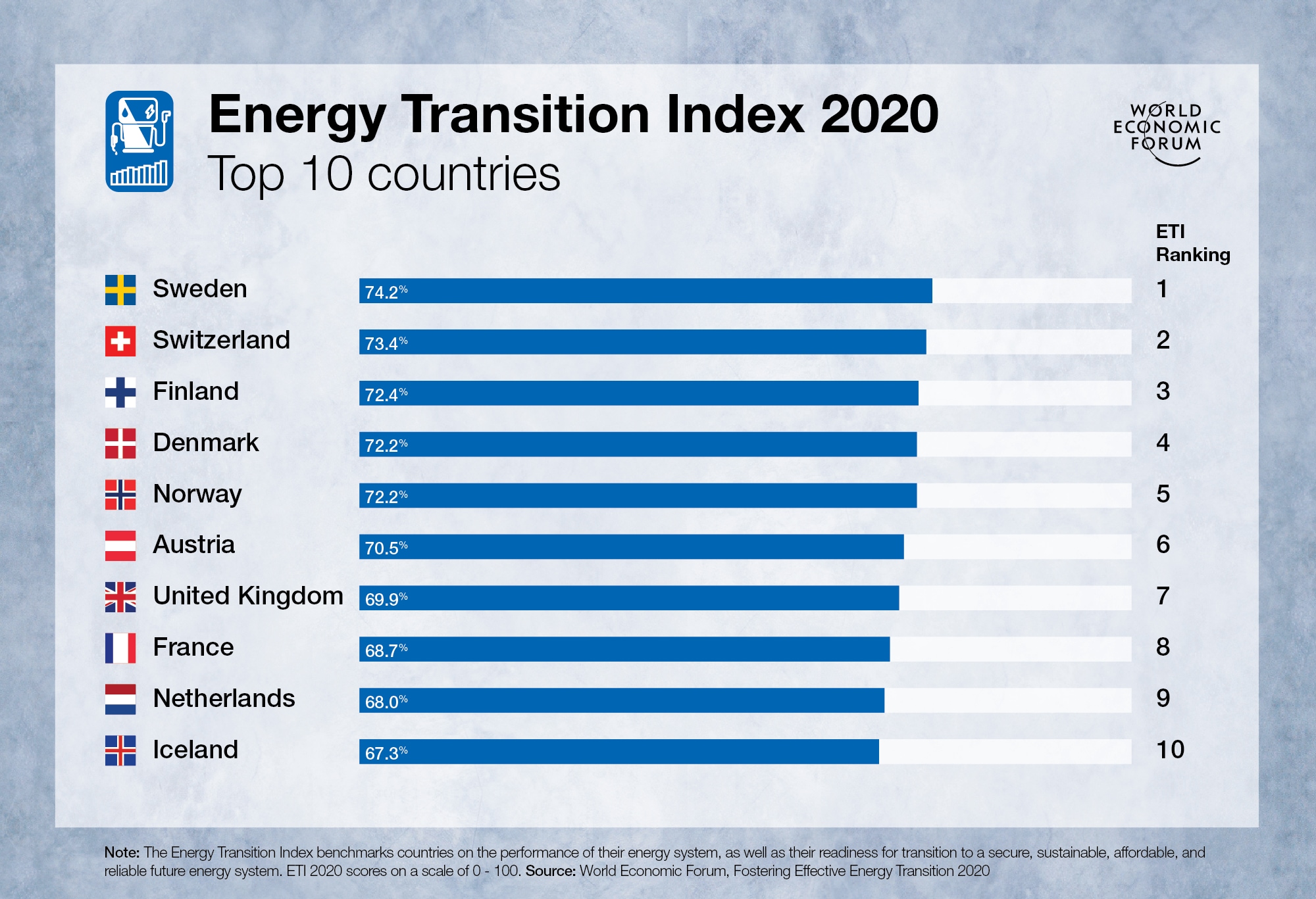What next for the energy transition in the US?

Can a new bipartisan plan rebuild US support for the energy transition?
Image: Photo by American Public Power Association on Unsplash
Stay up to date:
Climate Crisis
- The US government is reducing its support for climate change protections.
- The US public is largely in favour of protecting their local environment.
- Finding common ground with a US bipartisan agreement will be key to protecting the planet we leave to our children.
The current United States government administration has an executive order blocking all federal permits and land leases for onshore and offshore wind projects in the US. In conjugation with these bans, the administration is promoting the use of fossil fuels for the increased electrical demand required for AI, data centres and population growth. This comes despite onshore wind and solar being the cheapest form of energy in the US, when looking at the levelized cost of energy.
Is climate change a risk for the planet?
The last decade has revealed the toll of inaction on climate change. Extreme weather has battered communities, destroyed homes and altered ecosystems. The urgency of this crisis was underscored in the Intergovernmental Panel on Climate Change’s Sixth Synthesis Report, 2023: “Climate change is a threat to human well-being and planetary health. There is a rapidly closing window of opportunity to secure a livable and sustainable future for all. The choices and actions implemented in this decade will have impacts now and for thousands of years.”
The EPA is also rolling back the restriction of industrial pollution of mercury and other air toxins that cause pollution to downwind areas.
The Clean Air Act Amendments of 1990 were directly responsible for reducing acid rain (sulfur dioxide and nitrogen oxide) emissions in the Adirondack mountains. In the early 1970’s both the US House and Senate overrode President Nixon's veto of the Clean Water Act. Richard Nixon, under public pressure, created the EPA, which helped reduce smog in cities across the US.
What's the World Economic Forum doing about the transition to clean energy?
The US public wants to keep environmental protections
Polls over the last five years clearly and consistently show that the American public supports policies that protect clean air and water.
⦁ A 2020 report from the Pew Research Center found that 65% of Americans feel that the federal government is doing too little to reduce the effects of climate change.

⦁ A 2023 Gallup poll found that a majority of Americans, 55%, express “a great deal” of worry about the pollution of drinking water in the US.
⦁ A 2023 poll by the American Lung Association found that 74% of American voters support the US Environmental Protection Agency (EPA) setting stricter limits on particle pollution.
Bridging the gap between the philosophies of different administrations may require a stop-gap strategy that includes fossil fuels with a lower carbon footprint. As an example, advocates for climate change might support a low-carbon fossil plant that replaces an older high-polluting fossil plant. The net result would be a lower carbon footprint across technologies.
In addition to a stop-gap strategy, renewable developers and producers need more interaction with their local communities for support. This lack of engagement has caused local communities to oppose renewable projects near their homes.
The current philosophy of opposing clean energy, which is the lowest levelized cost of energy, is not in line with financial markets or investors. The US energy policy needs to incorporate a bipartisan plan to accelerate America’s energy transition. There is a recent history of policy success with bipartisan alignment, including the Permitting Reform 2024; US senators reintroduced a bill in February 2025 to allow year-round E15 sales; the Advanced Nuclear for Clean Energy Act, 2023; and the Circuit Act, 2025.
In March 2025, some House Republicans shared a letter with Politico in support of President Biden’s Inflation Reduction Act incentives. These 21 Republicans agreed that the US would benefit from the Inflation Reduction Act. Market forces with environmental protection can be a common driver for both parties. Choosing to restrict clean energy and rolling back environmental protections promotes greater risk to human health while limiting economic growth. The energy transition should not depend on one fuel source or the policy change of a new administration. Finding common ground with a bipartisan agreement will be key to protecting the planet we leave to our children.
Accept our marketing cookies to access this content.
These cookies are currently disabled in your browser.
Don't miss any update on this topic
Create a free account and access your personalized content collection with our latest publications and analyses.
License and Republishing
World Economic Forum articles may be republished in accordance with the Creative Commons Attribution-NonCommercial-NoDerivatives 4.0 International Public License, and in accordance with our Terms of Use.
The views expressed in this article are those of the author alone and not the World Economic Forum.
Related topics:
Forum Stories newsletter
Bringing you weekly curated insights and analysis on the global issues that matter.
More on Climate ActionSee all
Lee Poh Seng and Heng Wang
May 12, 2025
Jean-Claude Burgelman and Lily Linke
May 9, 2025
Tejashree Joshi
May 8, 2025





